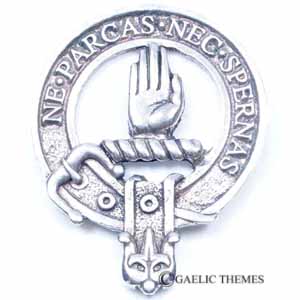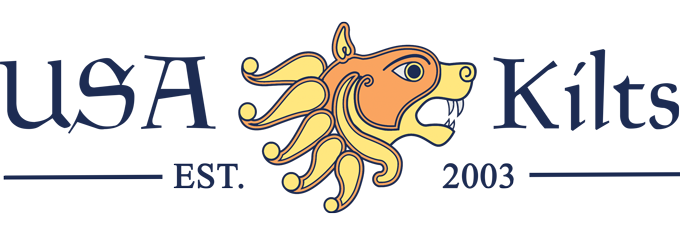Search
Lamont
Select
- Clan Motto: Ne parcas nec spernas (Neither spare nor dispose)
- Notes: Crest: A dexter hand couped at the wrist Proper. The Lamont family most likely originated in Ulster. Logmaor, meaning in old Norse, “Lawman” or Law Giver” became the Gaelic “Ladhman”. The chiefs are said to descend from a son of the great O’Neil princes of Tyrone. The lamonts were once also known as Macerchar, from Fearchar, the grandfather of the first Ladhman. The name is of great antiquity in the region of Argyll. The earliest record of the chiefs dates to the thirteenth century when Laumanus, son of Malcolm, granted land in Kilmun and the church of Kilfinan to the monks of Paisley. In 1466, John Lamond, baillie of Cowal, is recorded as being in a dispute over lands ceded to the Paisley monks by an ancestor some two hundred years prior. This line of the chiefdom died out. Later, the representation of the family passed to the Lamonts of Inveryne, later styled ‘Lamont of Lamont’ who established family seat castles at Toward and Ascog. In the 17th century, the Lamonts were involved in an incident which is held as a prime example of the Laws of Highland Hospitality. The laird Lamont was out hunting with some Macgregors. Some sort of argument erupted and Lamont stabbed MacGregor the Younger of Glenstrae. Lamont reached the Glenstrae homestead of the MacGregor chief whose son he had just slain. Claiming he was being pursued by enemies, Lamont begged shelter and protection, as was customary. MacGregor gave it willingly. When the angry clansmen arrived and explained the crime, MacGregor still disallowed any harm to his guest. Despite his grief and anger, this would violate the Law and his given word of honor. In 1643, Sir James Lamont declared for the Royalist cause. He was a deeply respected leader and a man of the people. This brought him into direct conflict with his Campbel neighbors -- who had been encroaching on Lamont lands in Cowal for a long time. After Montrose won at Inverlochy in 1645, Lamont felt free to decimate the Campbell lands in Kilmun. In 1646, the Campbells retaliated besieging the castles of Toward and Ascog. James surrendered the castles on honorable terms -- the fortresses were to be handed over but the Lamont defenders spared. However, the Campbells betrayed James and imprisoned him in Dunstaffnage for five torturous years. Over two hundred clansmen, including women and children, were massacred and the castles were razed. The massacre of the Lamonts was brought against the Marquess of Argyll at his treason trial in 1661. However, the Lamonts were never compensated and the Campbells in time took over even more of their land. The family moved to Ard Lamont where the last chief to live in Cowal was born in 1854. In 1893, the remaining clan lands were sold off.
Product Name
Price Starts At
$44.99
$29.99
$189.99
Product Name
Price Starts At
$34.99
$109.99
